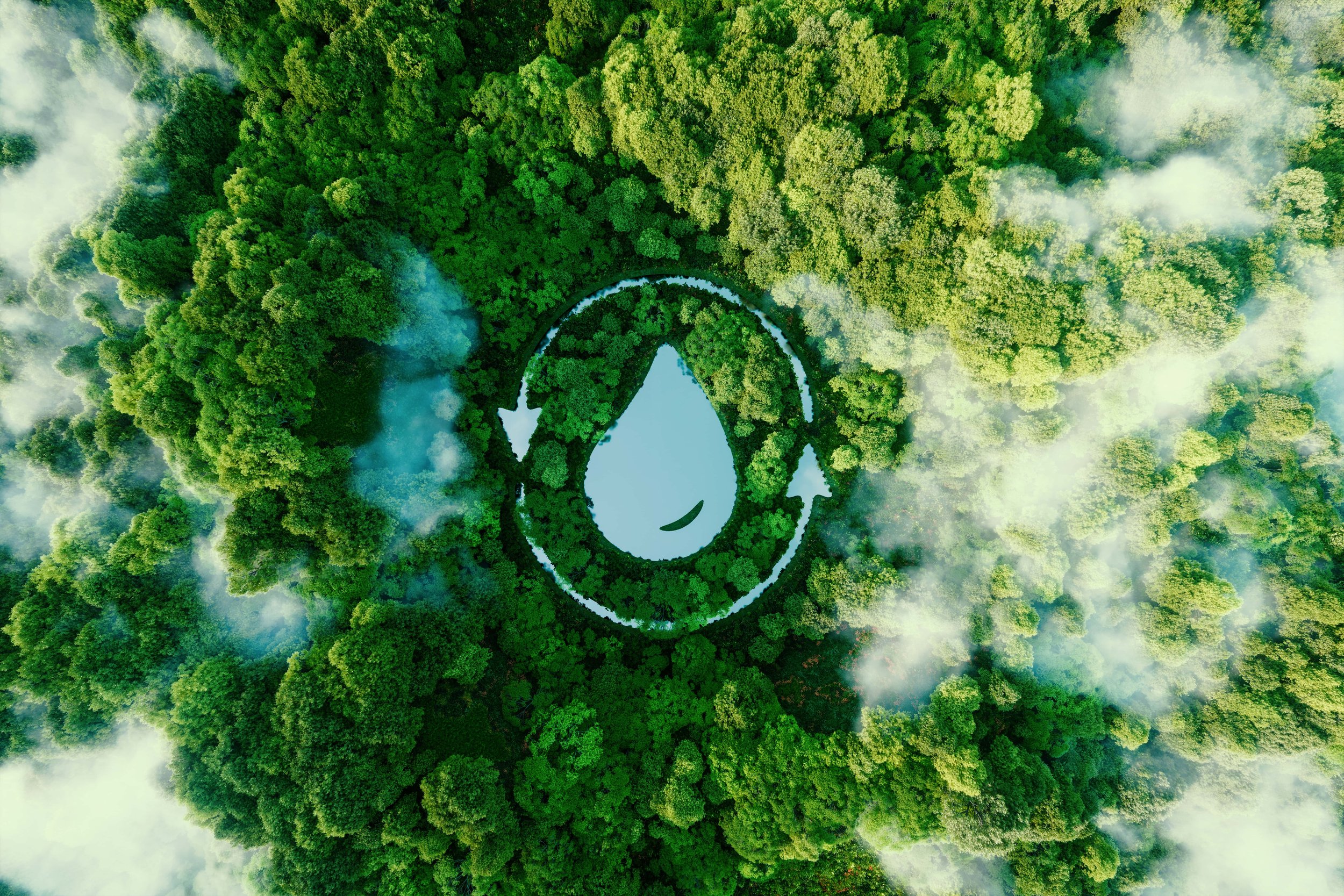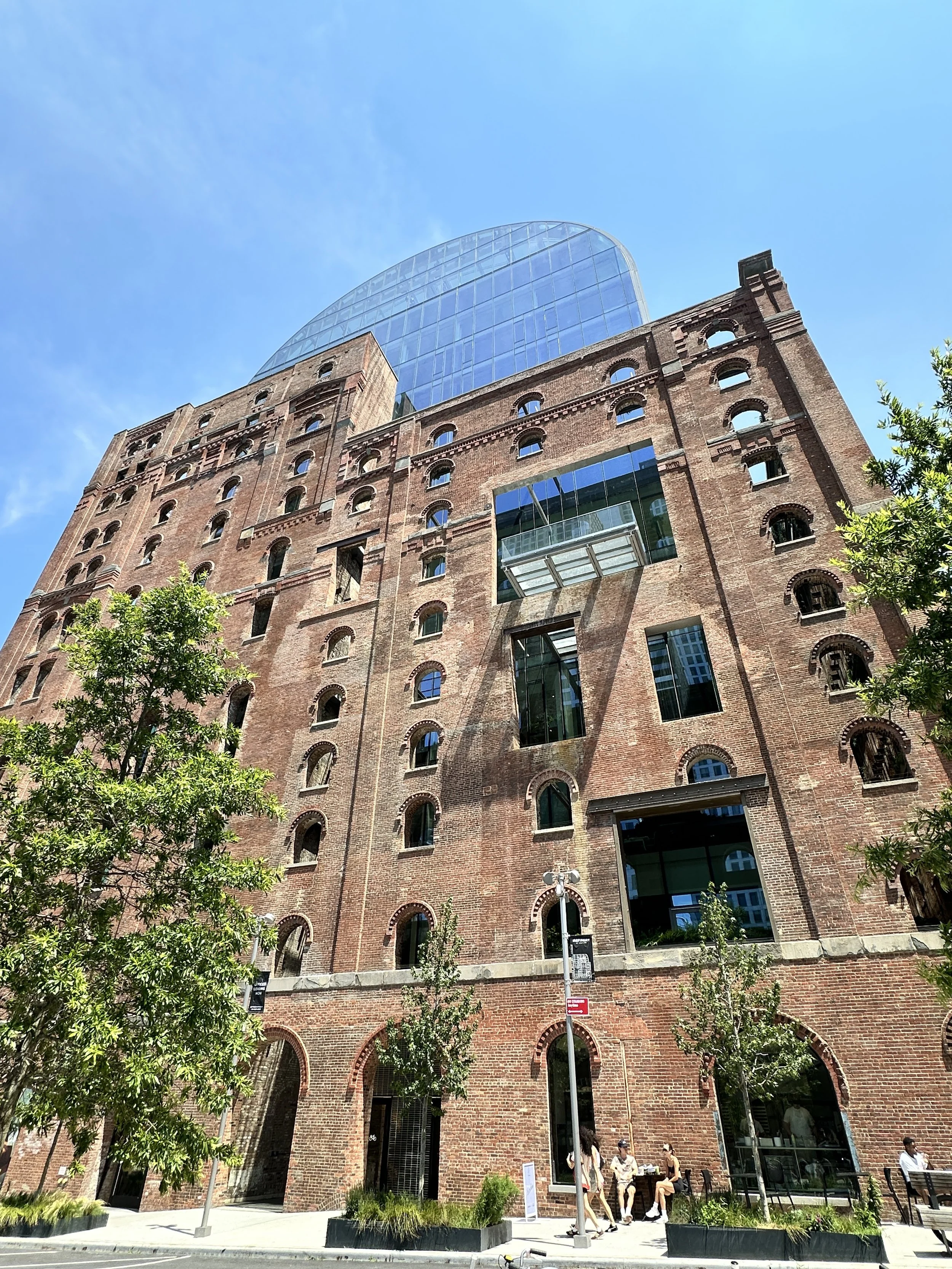How Green Walls use Responsible Water Consumption
WHAT IS WATER SUSTAINABILITY?
Water is one of the most important resources on Earth. Using it responsibly is critical to human survival. With the global population growing from 1.5 to almost 8 billion in little more than a century, fresh water withdrawals have increased 600%. The UN has identified access to clean water and sanitation as a basic human right, and one of its Sustainable Development Goals. Sustainable water management is defined as using water in a way that meets current, ecological, social and economic needs without compromising the ability to meet those needs in the future. But how can we balance water sustainability with our desire to create green environments, particularly in urban areas? With proper water management, we can combine the objectives of biophilic design - to integrate nature more closely with our designed living spaces - with water sustainability. Green walls are one way to achieve this objective.
WHAT ARE GREEN WALLS?
Green walls - also known as living walls, plant walls or vertical gardens - are vertical spaces covered in greenery. They are different from a green facade, which consists of vines or climbing plants planted at the base of a wall and climbing over the wall, either on the wall or on a trellis or cable system. A green wall is a vertical plant wall consisting of a system that supports plants growing within the vertical structure, covering an interior or exterior wall.
Green wall systems are generally one of 3 types: a tray system, felt pocket system or a matrix system. Each of these may use soil or a substrate system of composite growing media, or a combination of both. Additionally green walls must have a method for the plants to access water - whether through irrigation, manual watering or rain - and drainage.
Green walls are an excellent expression of the ideals of biophilic design, an approach to architecture, landscape and urban design that recognizes human need for connection to nature and seeks to promote it throughout our built environment and communities. The benefits of incorporating nature into our daily lives have been proven to affect our well-being in many ways. Exposure to living plants can help to improve our mood and reduce stress. Plants can help to increase our productivity, as well as our productivity. Greenery can also provide noise control through sound absorption, as well as improve air quality. In urban areas, green spaces and green walls can help to alleviate heat islands arising from the heat of paved surfaces.
Because of the vertical nature of green walls, they are an especially efficient way to incorporate nature into our environment, particularly in urban areas and anywhere space is limited.
HOW GREEN WALLS ADDRESS WATER CONCERNS
Green walls have the capability to use water sustainably through treatment, recycling and controlled usage. Research into the use of green walls to treat greywater wastewater have shown promising results. Greywater is household water from sinks and showers (as opposed to solid waste) or runoff. Testing of different combinations of different systems, substrates and plants has shown ability to remove nitrogen and phosphorus as well as other contaminants. Green walls also have the potential to be located in urban areas, closer to the water source, reducing transport of wastewater to more-distant water treatment facilities.
Green walls can use recycled water to maintain plant health. Because they are supported by a structural element, these green wall structures can be designed and constructed to recirculate water, cutting down on overall water usage. Additionally, green wall structures are generally designed to deliver just enough water to each plant, reducing water usage by avoiding over-watering.
HOW MUCH WATER DO GREEN WALLS USE?
Green wall water usage can vary quite a bit. Various environmental factors affect water needs, such as ambient humidity, temperature and light. Exterior and interior green walls may have very different water needs. Additionally, plant selection will greatly affect water requirements - tropical plants will naturally need more water than succulents, for example. A system that recirculates water will need less water input. Many systems use drip irrigation, which uses a comparatively small amount of water per watering because it is targeted to each plant. Irrigation can even be zoned to deliver different amounts of water to different plants based on their needs.
Whether they are indoors or outdoors, small or large, green walls are a great way to enjoy nature in a controlled environment while still addressing water sustainability.






